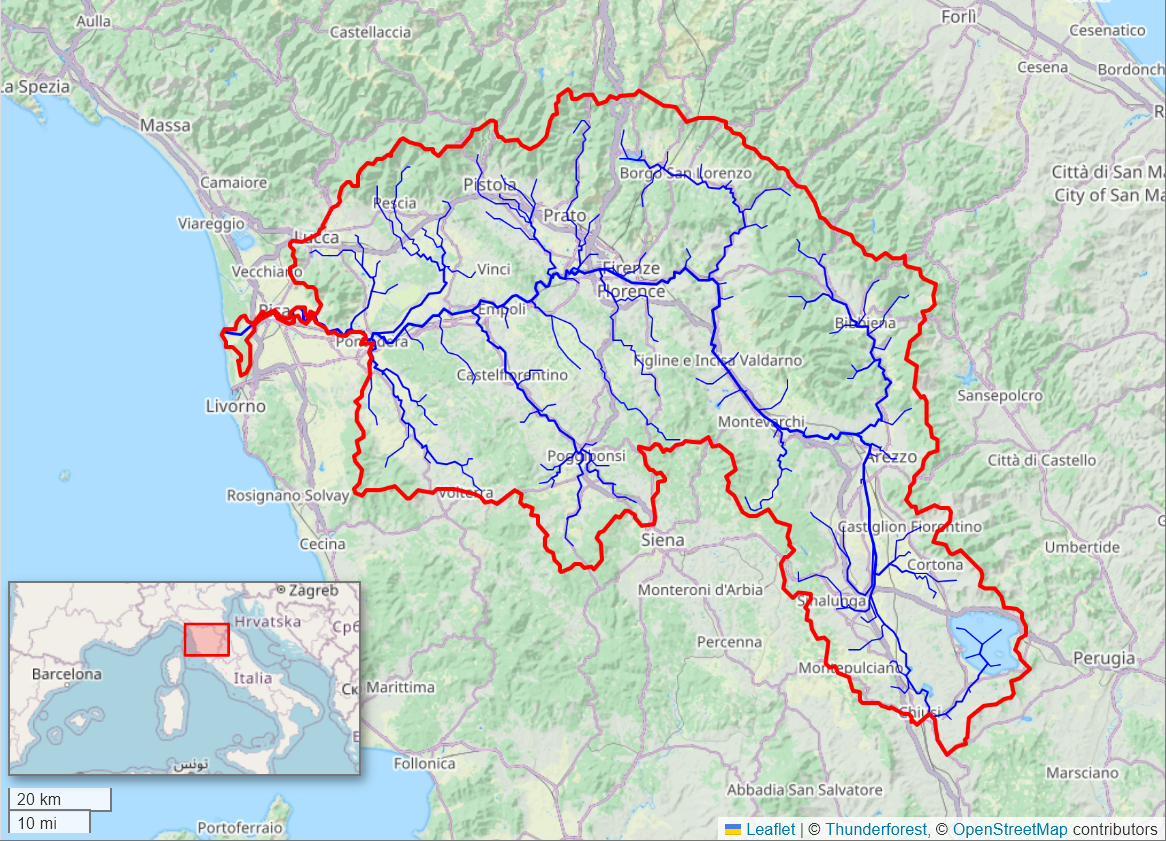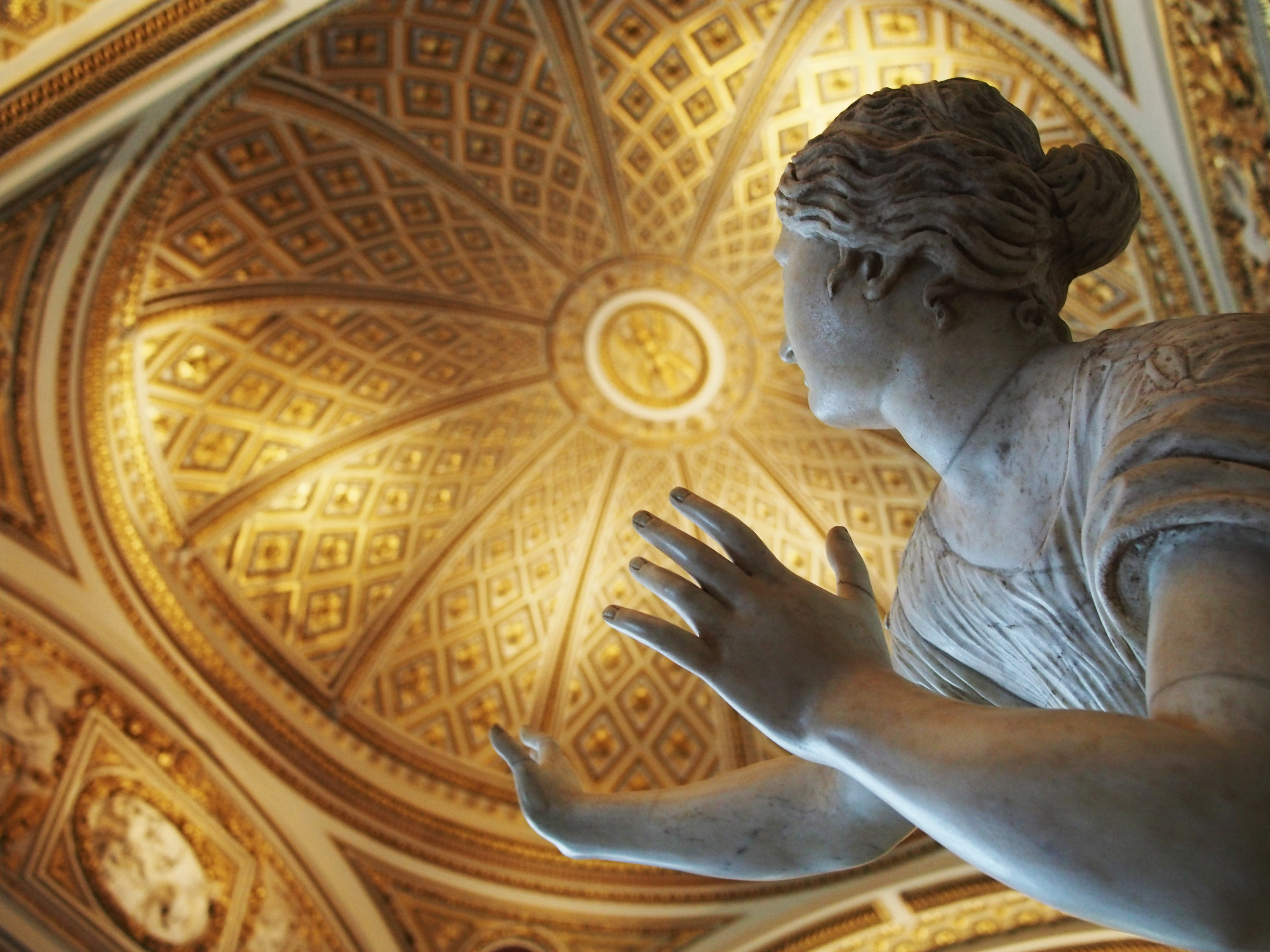|
Lungarno Torrigiani
Lungarno Torrigiani is the stretch of the south bank of the Arno river in Florence that goes from Via de 'Bardi to the Ponte alle Grazie. From the Lungarno, there's an extraordinary view of the Uffizi, the Vasari Corridor and Ponte Vecchio. History and description The Lungarno takes its name from the Torrigiani family, who owned Palazzo Tempi for a certain period. Almost in the corner with Piazza dei Mozzi there is a rectangular green area, equipped with benches, which overlooks the Evangelical Lutheran church, in neo-Gothic Gothic Revival (also referred to as Victorian Gothic or neo-Gothic) is an architectural movement that after a gradual build-up beginning in the second half of the 17th century became a widespread movement in the first half of the 19th century ... style. On 25 May 2016 at 6:15 am, a 3 and a half meter chasm opened due to the rupture of a large water pipe under the Lungarno road, after which thousands of homes were left without running water. Reference ... [...More Info...] [...Related Items...] OR: [Wikipedia] [Google] [Baidu] |
Arno
The Arno is a river in the Tuscany region of Italy. It is the most important river of central Italy after the Tiber. Source and route The river originates on Monte Falterona in the Casentino area of the Apennines, and initially takes a southward curve. The river turns to the west near Arezzo passing through Florence, Empoli and Pisa, flowing into the Ligurian Sea at Marina di Pisa. With a length of , it is the largest river in the region. It has many tributaries: Sieve at long, Bisenzio at , Ombrone Pistoiese at , and the Era, Elsa, Pesa, and Pescia. The drainage basin amounts to more than and drains the waters of the following subbasins: *The Casentino, in the province of Arezzo, formed by the upper course of the river until its confluence with the Maestro della Chiana channel. *The Val di Chiana, a plain drained in the 18th century, which until then had been a marshy area tributary of the Tiber. *The upper Valdarno, a long valley bordered on the east by the Pr ... [...More Info...] [...Related Items...] OR: [Wikipedia] [Google] [Baidu] |
Florence
Florence ( ; ) is the capital city of the Italy, Italian region of Tuscany. It is also the most populated city in Tuscany, with 362,353 inhabitants, and 989,460 in Metropolitan City of Florence, its metropolitan province as of 2025. Florence was a centre of Middle Ages, medieval European trade and finance and one of the wealthiest cities of that era. It is considered by many academics to have been the birthplace of the Renaissance, becoming a major artistic, cultural, commercial, political, economic and financial center. During this time, Florence rose to a position of enormous influence in Italy, Europe, and beyond. Its turbulent political history includes periods of rule by the powerful House of Medici, Medici family and numerous religious and republican revolutions. From 1865 to 1871 the city served as the capital of the Kingdom of Italy. The Florentine dialect forms the base of Italian language, standard Italian and it became the language of culture throughout Italy due to ... [...More Info...] [...Related Items...] OR: [Wikipedia] [Google] [Baidu] |
Ponte Alle Grazie
Ponte alle Grazie is a bridge, reconstructed after 1945, over the Arno River in Florence, region of Tuscany, Italy. History The original bridge was called Ponte di Rubaconte after the name of the podestà Rubaconte da Mandello who had commissioned construction in 1237, making it older than the Ponte Vecchio. It was rebuilt in 1345 with nine arches, making it the longest in Florence. Giorgio Vasari attributed the design to an architect by the name of Lapo Tedesco, the architect of the Bargello. In 1346, two of the arches in the Oltrarno neighborhood were filled up to extend the bank, leaving the seven arch structure seen in a 17th-century print on this page. This landfill widened the street of Piazza dei Mozzi, which leads to the Palazzo Mozzi. On the city side was a small oratory with an icon of the ''Madonna Alle Grazie'', which also gave the bridge its name. Structures were erected at each of the pylons, and remained there till a widening of the road, to make way for rai ... [...More Info...] [...Related Items...] OR: [Wikipedia] [Google] [Baidu] |
Uffizi
The Uffizi Gallery ( ; , ) is a prominent art museum adjacent to the Piazza della Signoria in the Historic Centre of Florence in the region of Tuscany, Italy. One of the most important Italian museums and the most visited, it is also one of the largest and best-known in the world and holds a collection of priceless works, particularly from the period of the Italian Renaissance painting, Italian Renaissance. After the ruling House of Medici died out, their art collections were given to the city of Florence under the famous ''Patto di famiglia'' negotiated by Anna Maria Luisa de' Medici, Anna Maria Luisa, the last Medici heiress. The Uffizi is one of the first modern museums. The gallery had been open to visitors by request since the sixteenth century, and in 1769 it was officially opened to the public, formally becoming a museum in 1865. History The building of the Uffizi complex was begun by Giorgio Vasari in 1560 for Cosimo I de' Medici, Grand Duke of Tuscany, Cosimo I de' M ... [...More Info...] [...Related Items...] OR: [Wikipedia] [Google] [Baidu] |
Vasari Corridor
The Vasari Corridor () is an elevated enclosed passageway in Florence, central Italy, connecting the Palazzo Vecchio with the Palazzo Pitti. Beginning on the south side of the Palazzo Vecchio, it joins the Uffizi Gallery and leaves on its south side, crossing the Lungarno degli Archibusieri, then following the north bank of the River Arno until it crosses the river at Ponte Vecchio. At the time of construction, the corridor had to be built around the Torre dei Mannelli, using brackets, because the tower's owners refused to alter it. The corridor conceals part of the façade of the Church of Santa Felicità. It then snakes its way over rows of houses in the Oltrarno district, becoming narrower, to finally join the Palazzo Pitti. The corridor's full length is approximately one kilometre. History and overview The Vasari Corridor was built in five months by order of Duke Cosimo I de' Medici in 1565, to the design of Giorgio Vasari. It was commissioned in connection with the m ... [...More Info...] [...Related Items...] OR: [Wikipedia] [Google] [Baidu] |
Ponte Vecchio
The Ponte Vecchio (; "Old Bridge") is a medieval stone closed-spandrel segmental arch bridge over the Arno, in Florence, Italy. The only bridge in Florence spared from destruction during World War II, it is noted for the shops built along it; building shops on such bridges was once a common practice. Butchers, tanners, and farmers initially occupied the shops; the present tenants are jewellers, art dealers, and souvenir sellers. The Ponte Vecchio's two neighbouring bridges are the Ponte Santa Trinita and the Ponte alle Grazie. The bridge connects Via Por Santa Maria (Lungarno degli Acciaiuoli and Lungarno degli Archibusieri) to Via de' Guicciardini (Borgo San Jacopo and Via de' Bardi). The name was given to what was the oldest Florentine bridge when the Ponte alla Carraia was built, then called in contrast to the old one. Beyond the historical value, the bridge over time has played a central role in the city road system, starting from when it connected the Roman Florentia ... [...More Info...] [...Related Items...] OR: [Wikipedia] [Google] [Baidu] |
Palazzo Tempi
The Palazzo Tempi, also known as Palazzo Vettori or Bargagli Petrucci, is a palace located along the Arno river at the narrow Piazza Santa Maria Soprarno 1, corner with Via de' Bardi and Costa dei Magnoli in the Oltrarno section of Florence, Tuscany, Italy. The palace is across the river from the Galleria of the Uffizi, and a block east of the Ponte Vecchio. The Via de' Bardi originates in an arch under the building. History The ownership of this site and palace is complex, because it changed hands many times since the construction of the palace. The area in front of the palace towards the river, now consisting of the Lungarno Torrigiani, included some houses and the razed ''Santa Maria dei Bardi'', also called ''Santa Maria Sopr'Arno''. This church is recalled by the Piazza on the river side. The general area prior to the mid 14th-century, belonged to the Bardi di Vernio, but many of the buildings were destroyed or looted during the Revolt of the Ciompi in 1343. The house at the ... [...More Info...] [...Related Items...] OR: [Wikipedia] [Google] [Baidu] |
Neo-Gothic
Gothic Revival (also referred to as Victorian Gothic or neo-Gothic) is an architectural movement that after a gradual build-up beginning in the second half of the 17th century became a widespread movement in the first half of the 19th century, mostly in England. Increasingly serious and learned admirers sought to revive medieval Gothic architecture, intending to complement or even supersede the neoclassical styles prevalent at the time. Gothic Revival draws upon features of medieval examples, including decorative patterns, finials, lancet windows, and hood moulds. By the middle of the 19th century, Gothic Revival had become the pre-eminent architectural style in the Western world, only to begin to fall out of fashion in the 1880s and early 1890s. For some in England, the Gothic Revival movement had roots that were intertwined with philosophical movements associated with Catholicism and a re-awakening of high church or Anglo-Catholic belief concerned by the growth of religi ... [...More Info...] [...Related Items...] OR: [Wikipedia] [Google] [Baidu] |



